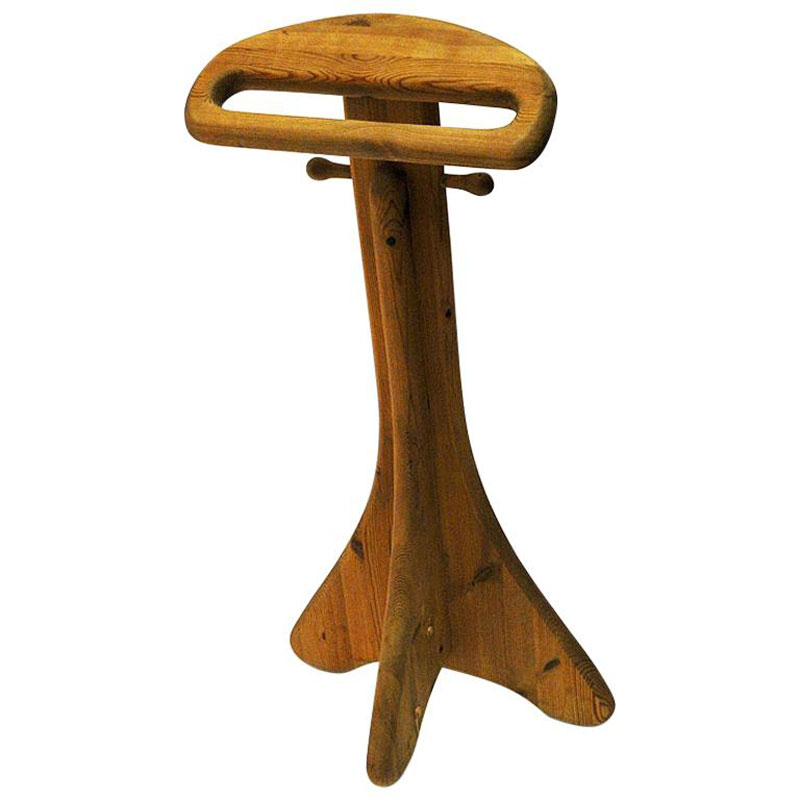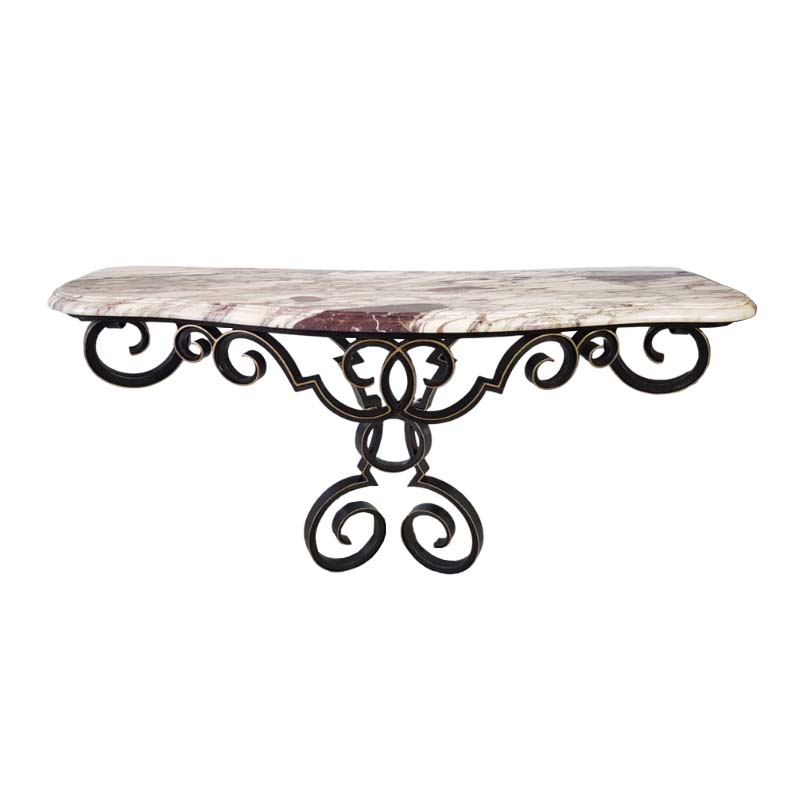Well, I'm making this frame for a Hiroshige print I bought last year. I've always had great interest for Japanese art, mainly woodblock carvings like this one. When this print came on the market through a collector wich mainly buys expressionistic art I had the chance to purchase it for a fair price. It shows spotting wich doesn't help it's value of course but I'm not planning on selling this.
Only problem, the ink used on these prints fade by sunlight and because I inrolled on a course of carpentry I decided on making a sort shrine, to keep it away from natural light most of the time.
The design also enables me to test and experiment with several different woodworking techniques and machines.
Thusfar I made the box, with groove and tongues (is that the correct english definition?) out of cherry, with 8 enclosed panels.
It's rather complex for the size it only is (42cm in length), but I wanted it to have the compact feel and rigid feel of japanese furniture.
On the inside of the frame I want to install tambour doors and some glass, to hide the print away from possible damage.
Now for my question:
I want to elevate the box slightly and I am looking for a way to do this as fluid as possible, so the form of the box or crate keeps it's integrity.
I've made a little drawing illustrating the structure I'm leaning towards, illustrating the specific print.
The box would sit loose in this fitting.
I need the thickness of the box to insure the easy movement inside of the tambourdoors.
What do you think? Your thoughts and advise please.
Ofcourse I will post photos of the finished results.
This is my first independant project in woodworking.

Have a look at the work of James Krenov for design inspiration.
The Krenovian approach is worth investigating for anyone interested in working wood, but his designs display a Japanese influence with heavy emphasis on proportion, hand work, and surface.
Whatever you do, the print should be properly mounted and glazed. A reputable picture framer should be able to help with this. It's good that you plan to keep it primarily protected from light, as UV damage is both cumulative and irreversible, though there are pollutants that can off-gas from wood and/or finishes that can build up in an enclosure and might react with the paper or pigments. It's probably best to consult an expert on the best way to protect your print from these. There are new picture-framing materials available designed to absorb harmful pollutants before they can damage works on paper.
If it were mine, I'd consider having the print archivally matted and seal that package between a good piece of UV-filtering, anti-reflective museum glass and a ridgid inert backing board, and then constructing the cabinet in such a way that the glazed print can easily be removed, if necessary.
Nice print, BTW. Congratulations. Hiroshige was a master of ukiyo-e.
The print should stand on...
The print should stand on its own, it's an interesting problem you've made for yourself and I think you have a lot of ambition, for that I applaud you. Put the print in a frame on your wall and away from direct sunlight, if you really like it you should let it be and experiment on something else, possibly a bench that you could sit on while looking at your print. but like tktoo said use a repeatable framer that uses archival materials, if you're in NYC I have a wonderful person I can direct you to.
.
I agree with Adam but if you want a project to work on with the print in mind have you considered something like a simple frame, thick enough to take hinges, soss, scissor...whatever and have two fold out panels like some triptych?
Lacquer or maybe even some bookmatched veneer or solid for doors? Just a box at any rate...maybe make doors able to take other prints you might get in the future? Maybe that wouldn't work, depends.
If you're interested in seeing how some of the joinery in your cabinet above might be handled check this link out.
http://lordgodfrey.blogspot.com/2011/07/and.html
I think you need to give up...
I think you need to give up the idea of any kind if door to cover the woodcut. I'm sure in your lifetime you will be gentle with the frame but think of all of the opening and closing of the door over the years and how much strain that will put on the print as to how its hung on the mat board. If you care about something then you should also care for it and have thought for it's future.
thanks for the response!
Adam, I certainly understand your comments on the idea of the cabinet. But I wanted something freestanding, so the idea developed from there on. Your also possibly right in the fact that maybe I'm taking this to far, but thats the way it is now, if I'm not satisfied with the end result, then I'll do it another way and keep the cabinet for another project ( a painting of my own).
There's one thing I don't understand in your comment, about strain on the matboard.
Like I said, I've made the box already, the frame itself will slide completely independant in this box.
Tktoo, thanks for you comments, I was thinking the same way on 'sealing' the print in a professional UV-blocking, acid-free package and will seek professional advise to do so.
The comment about gasses and reactions created by the wood is certainly interesting.
Thanks Heath for the link, I know this blog, but it's allways good to be reminded upon some things.
For the moment I'm just looking for a way to elevate my box, that was the point of my post 🙂
No comments on how the leg-structure compares to the crate?
In execution it will possibly be thinner (the legs that is).
Thanks for the suggestion,...
Thanks for the suggestion, Daniel!
I actually like the idea, although it's a very literal take on my idea of a floating structure.
But I'm thinking it might not go together with the structure of the box, as it will visually cross all the joints there.
But I appreciate the thought, you obviously prefere a more minimal approach so it doesn't draw attention away from the print itself. And the idea of a closed frame around the box
is certainly worth overthinking...
Paper conservators have long recommended
sealing the rabbets (rebates?) of wooden frames with an impermeable barrier to help prevent exposing works within to pollutants. I have used a self-adhesive metal foil "framer's tape" for this. I also highly recommend looking into some of the newer "museum glass" options. Especially those with an anti-glare coating on one side and a UV-filering coating on the other. They are pricey, but worth it, IMO. Any quality picture framer should be able to help.
Good luck!
I think that the box fights w...
I think that the box fights with the print for attention. To me, it looks like a decorative box that is decorated with a Japanese print, not a Japanese print in a frame. And even then, the box is too heavy and clunky for the character of that art. It would look good with a simple, maybe primitive woodblock print but not with those delicate details of that print.
I would go with the archival framing---acid-free, cotton rag mat with the best UV glass available--whatever it is they do. Choose a molding that will set off the art but not compete with it at all. You don't want the viewer to be distracted at all from it. Kind of like a beautiful woman who dresses to enhance her looks, not to display the outfit she is wearing.
every time you open and close...
every time you open and close your box the print will move on it's hinges, which are made of archival tape that is adhered to your print then to the mat board. the print is on a piece of paper, you shouldn't put unnecessary stress on either the print or the hinges because over time it with degrade either one or both. Put the piece in a frame and let someone else make it and mat it and be done with it.
If you need any help, please contact us at – info@designaddict.com









